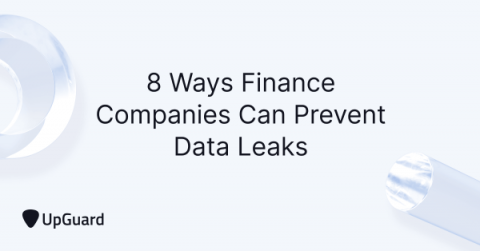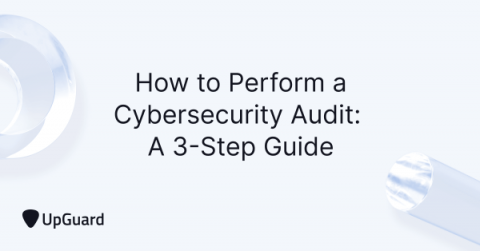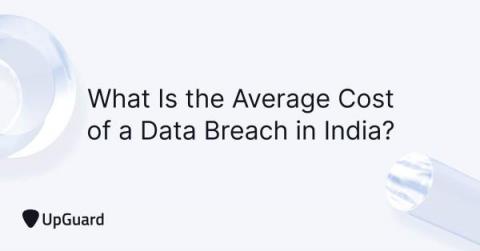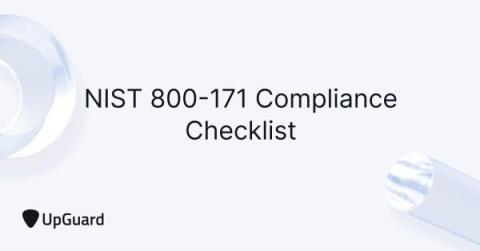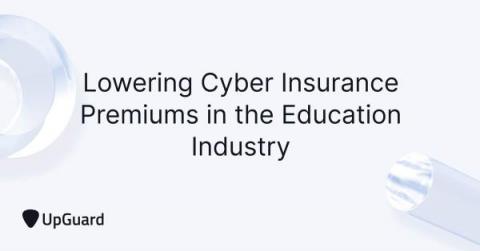8 Ways Finance Companies Can Prevent Data Leaks
The risk of a data breach is exceptionally high for financial organizations. Hackers recognize the high value financial data has on the dark web. Other cybercriminals pay significant amounts to get their hands on customers’ personally identifiable information (PII) and commit lucrative cybercrimes, like identity theft and insurance fraud. One of the most common ways cybercriminals gain access to this data is by exploiting data leaks.


